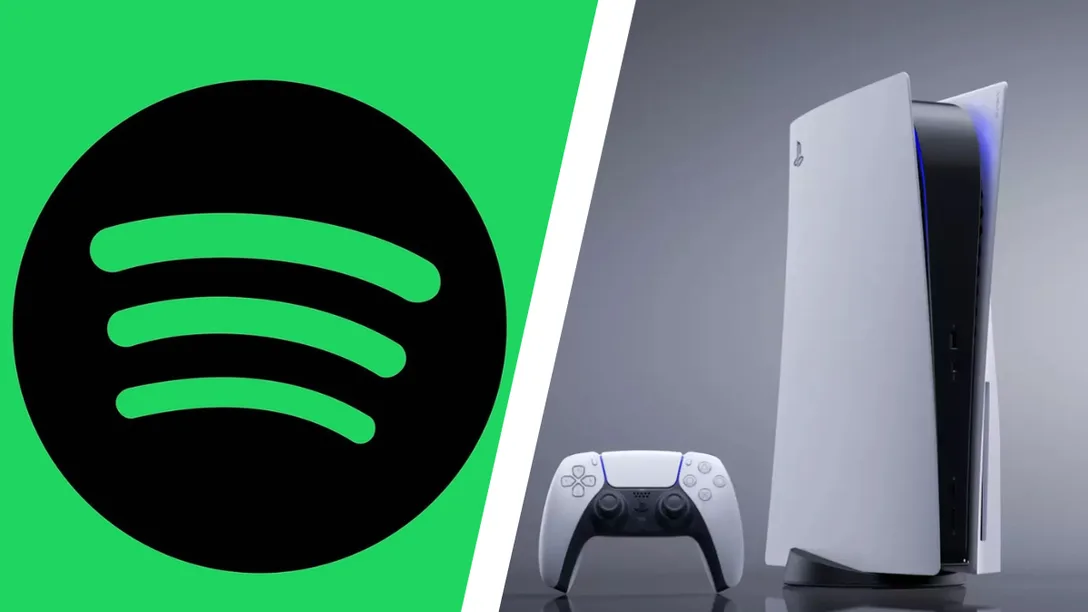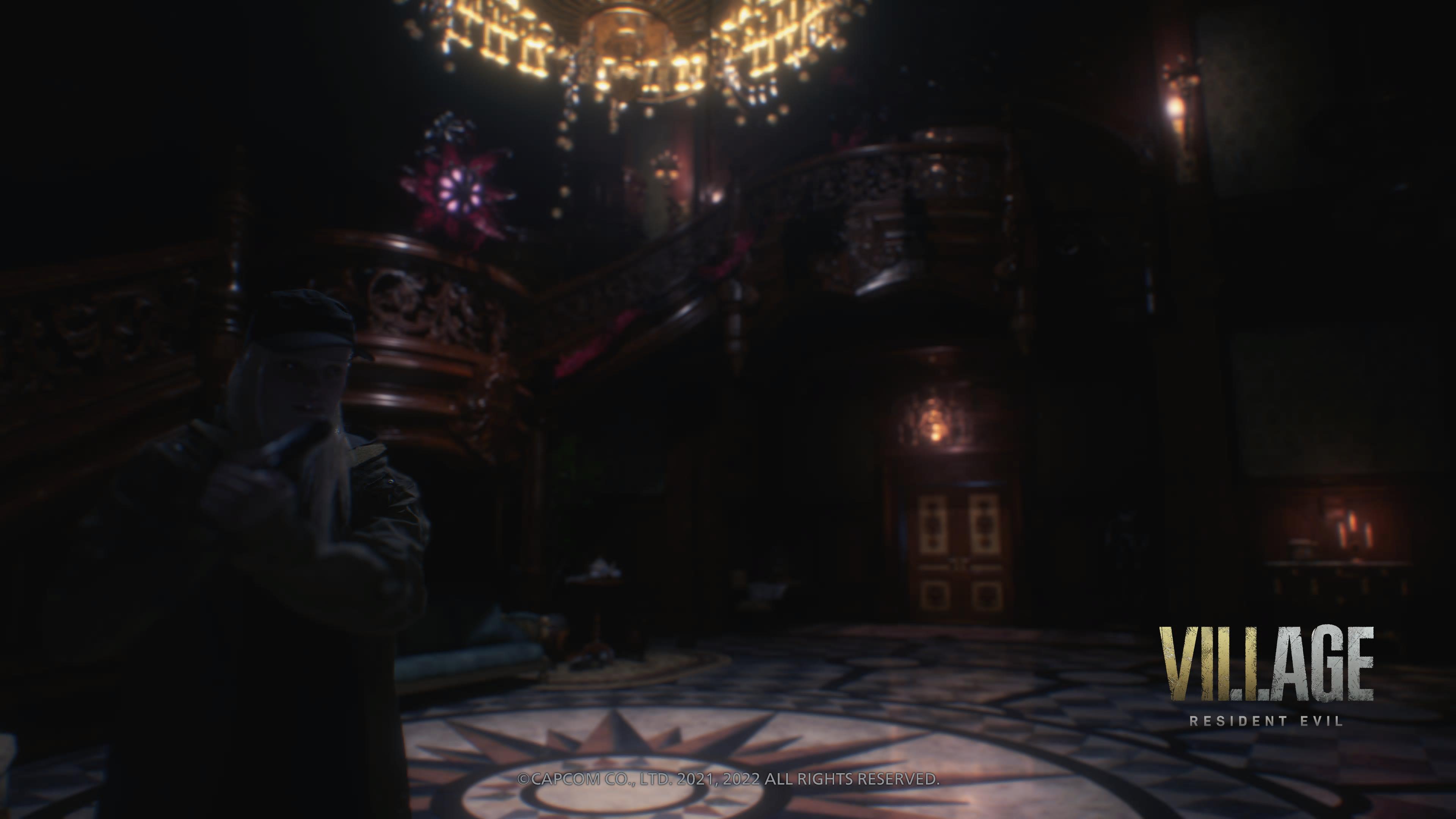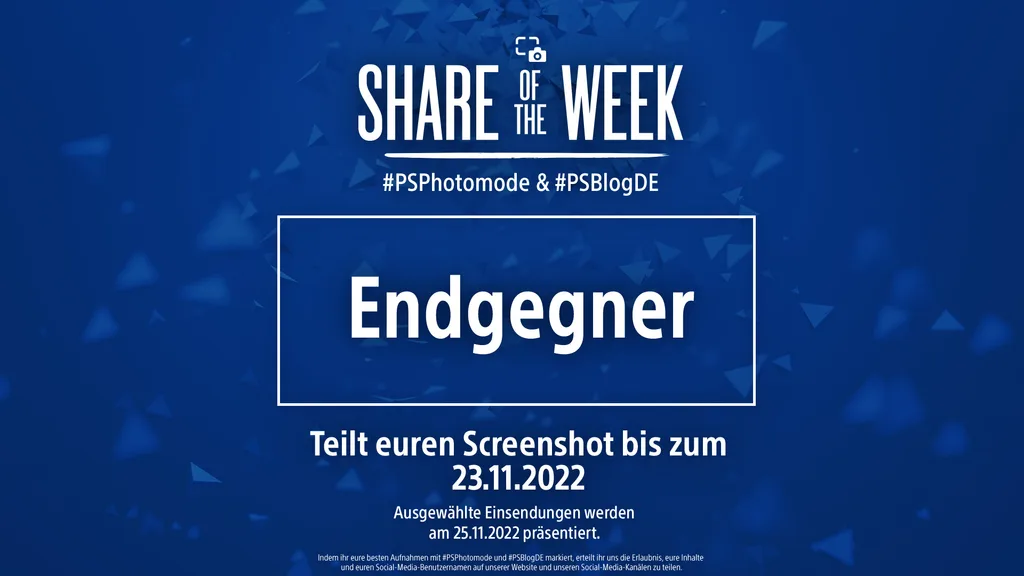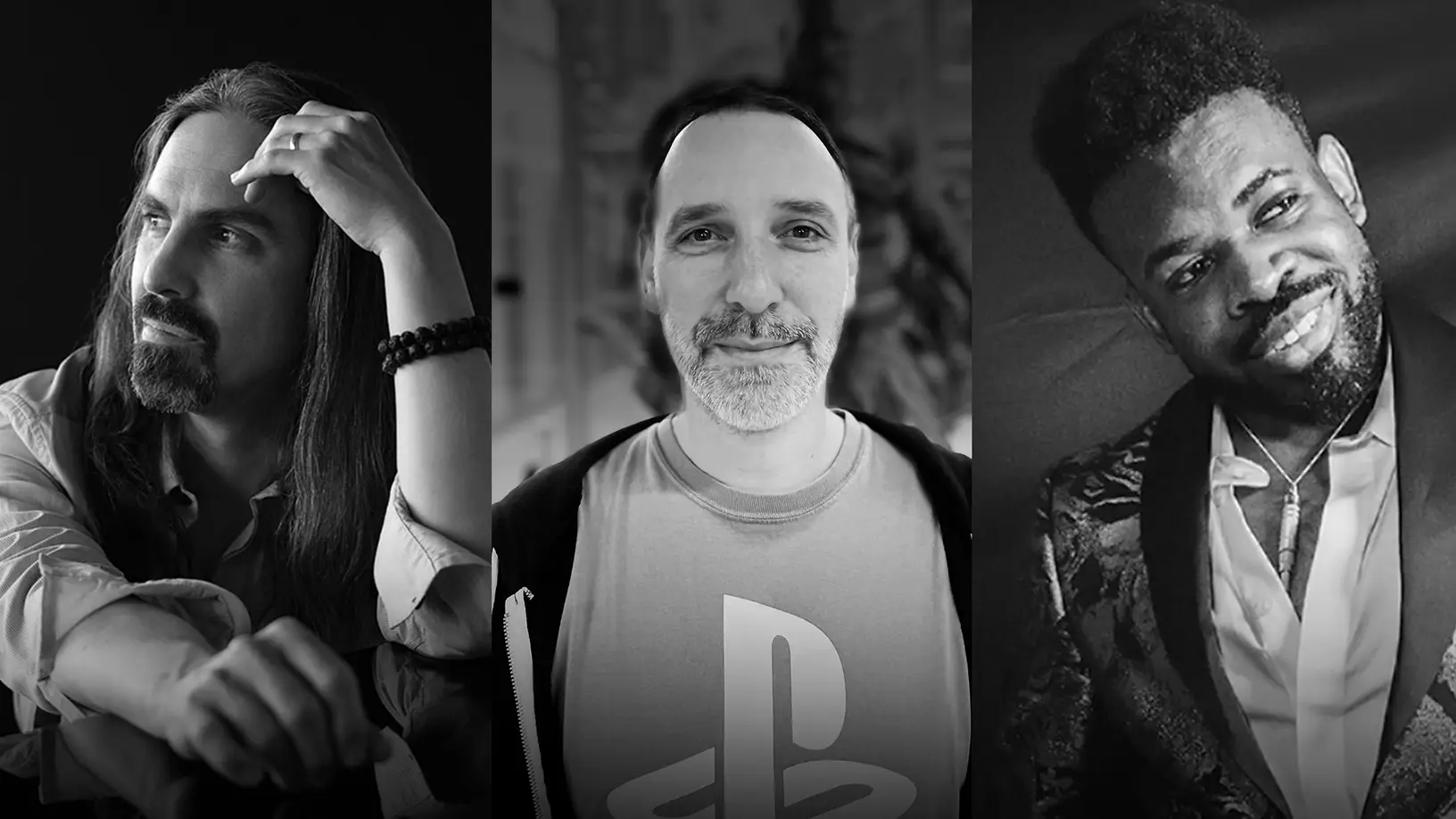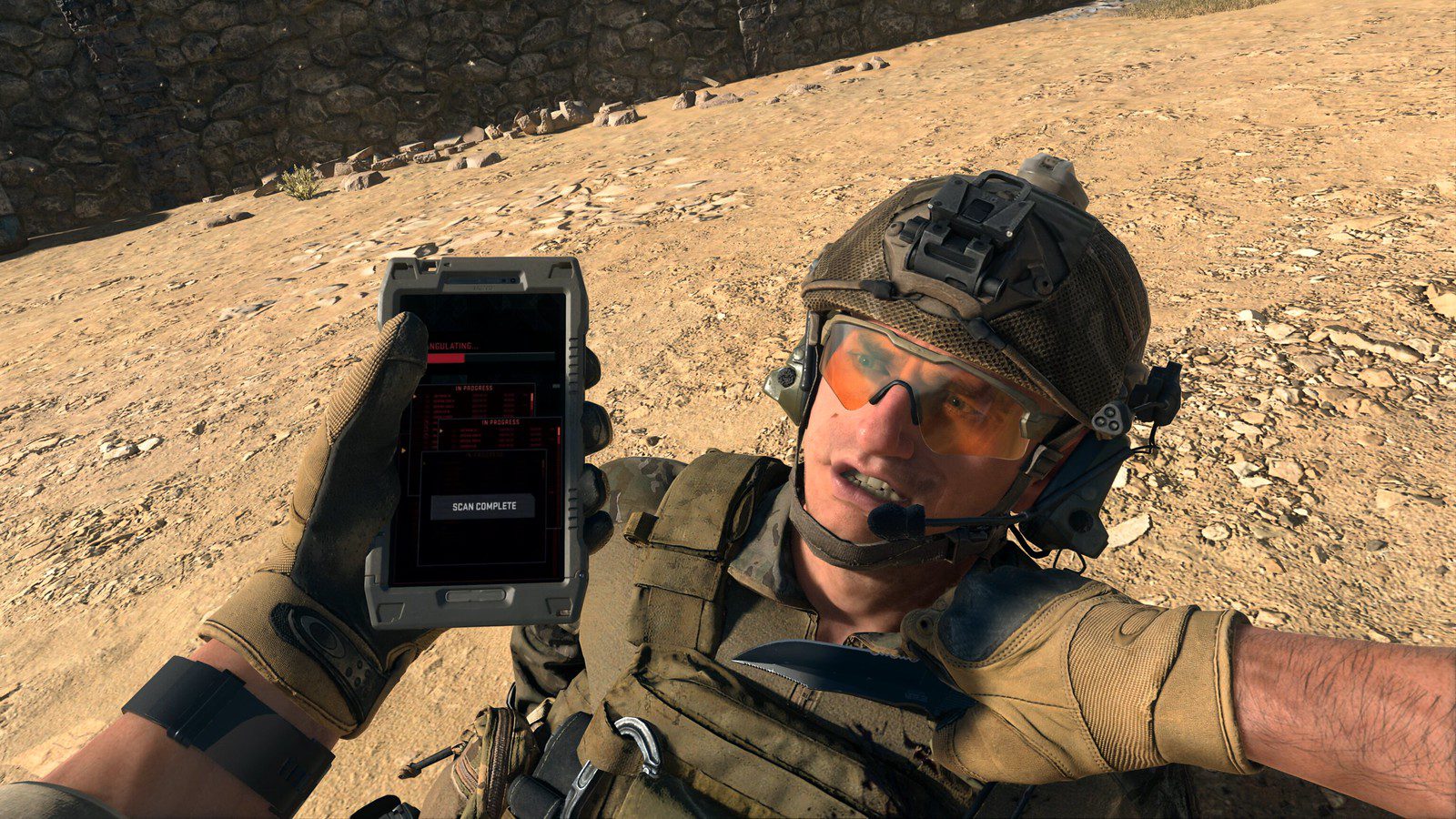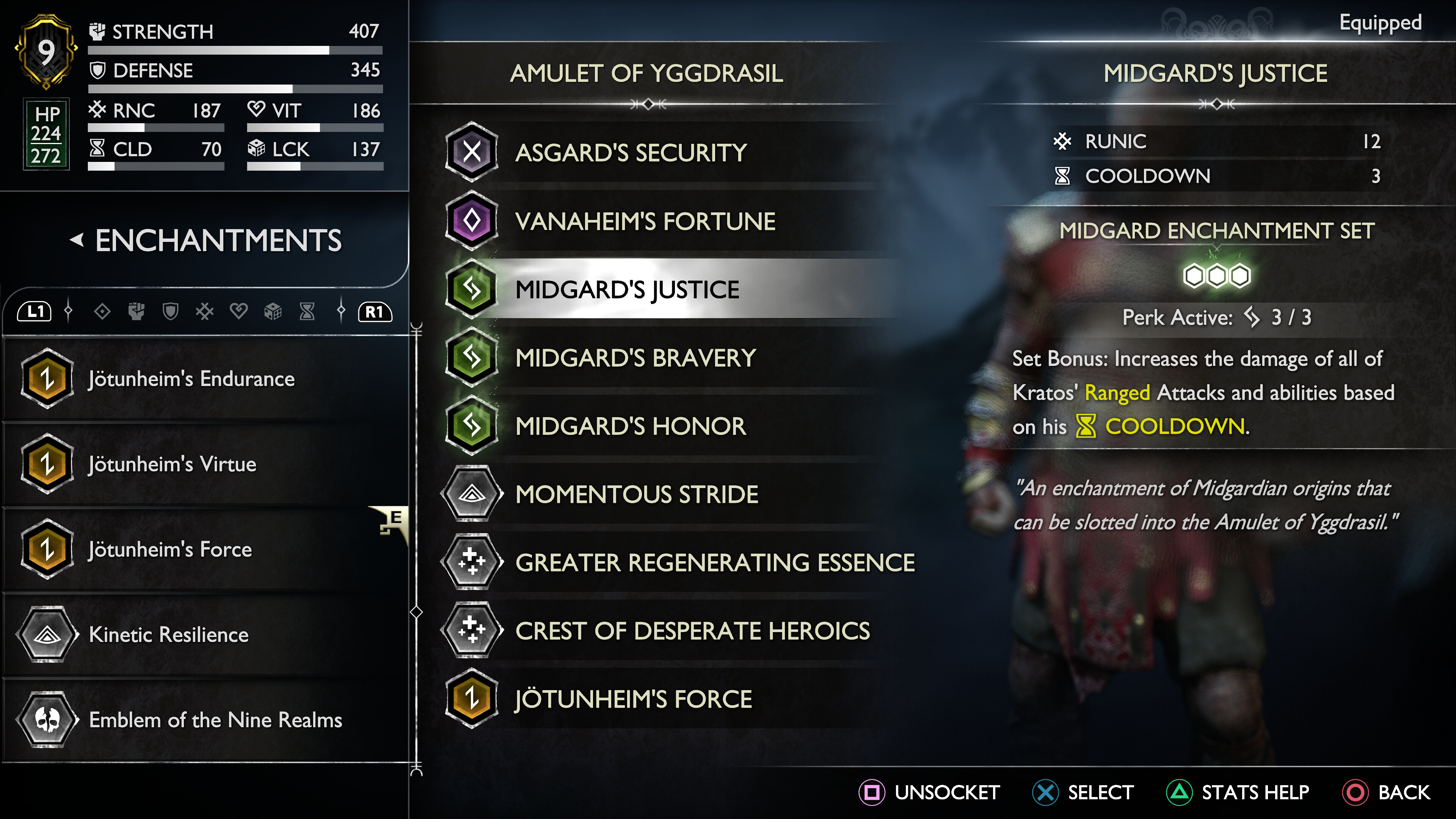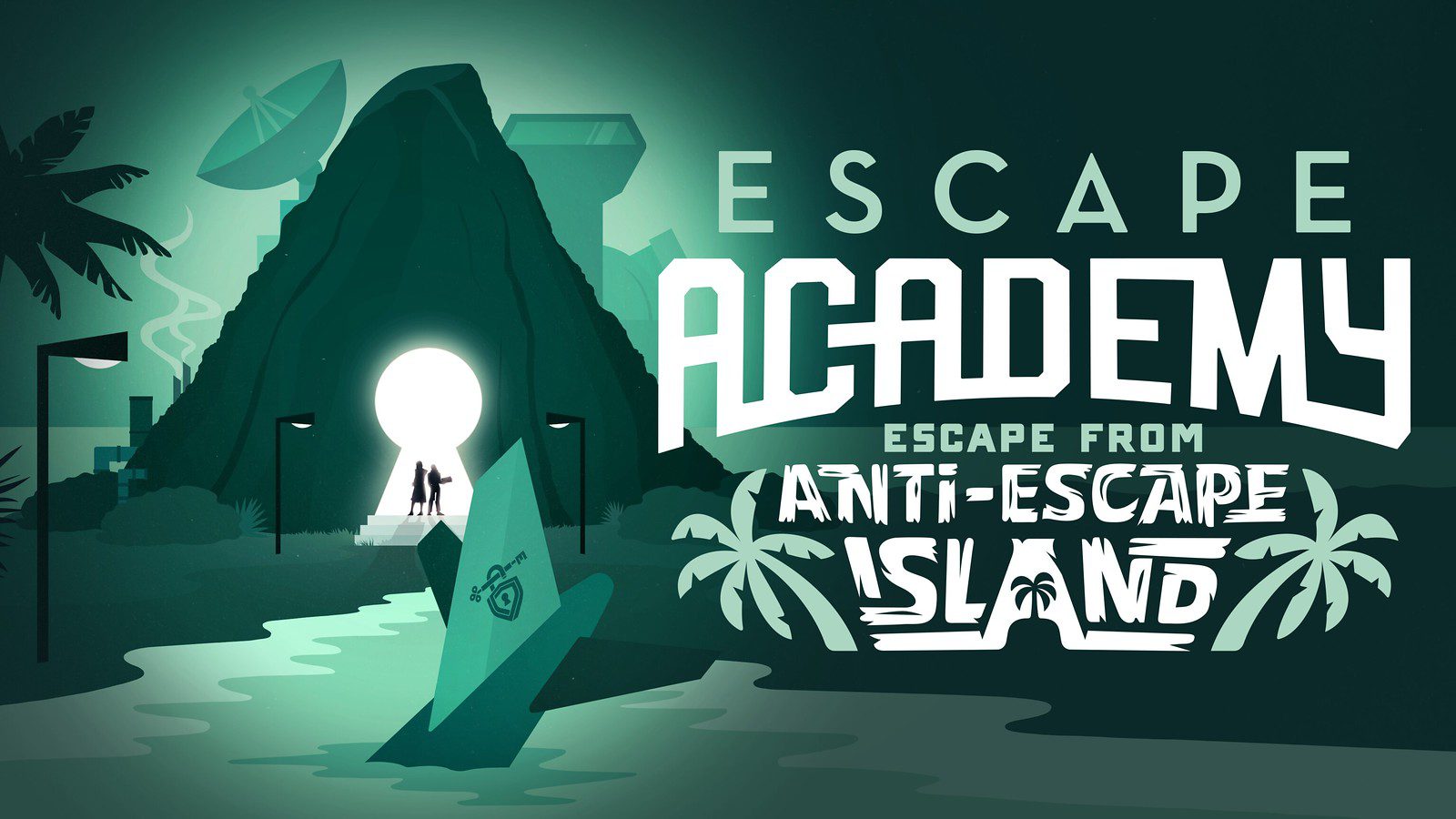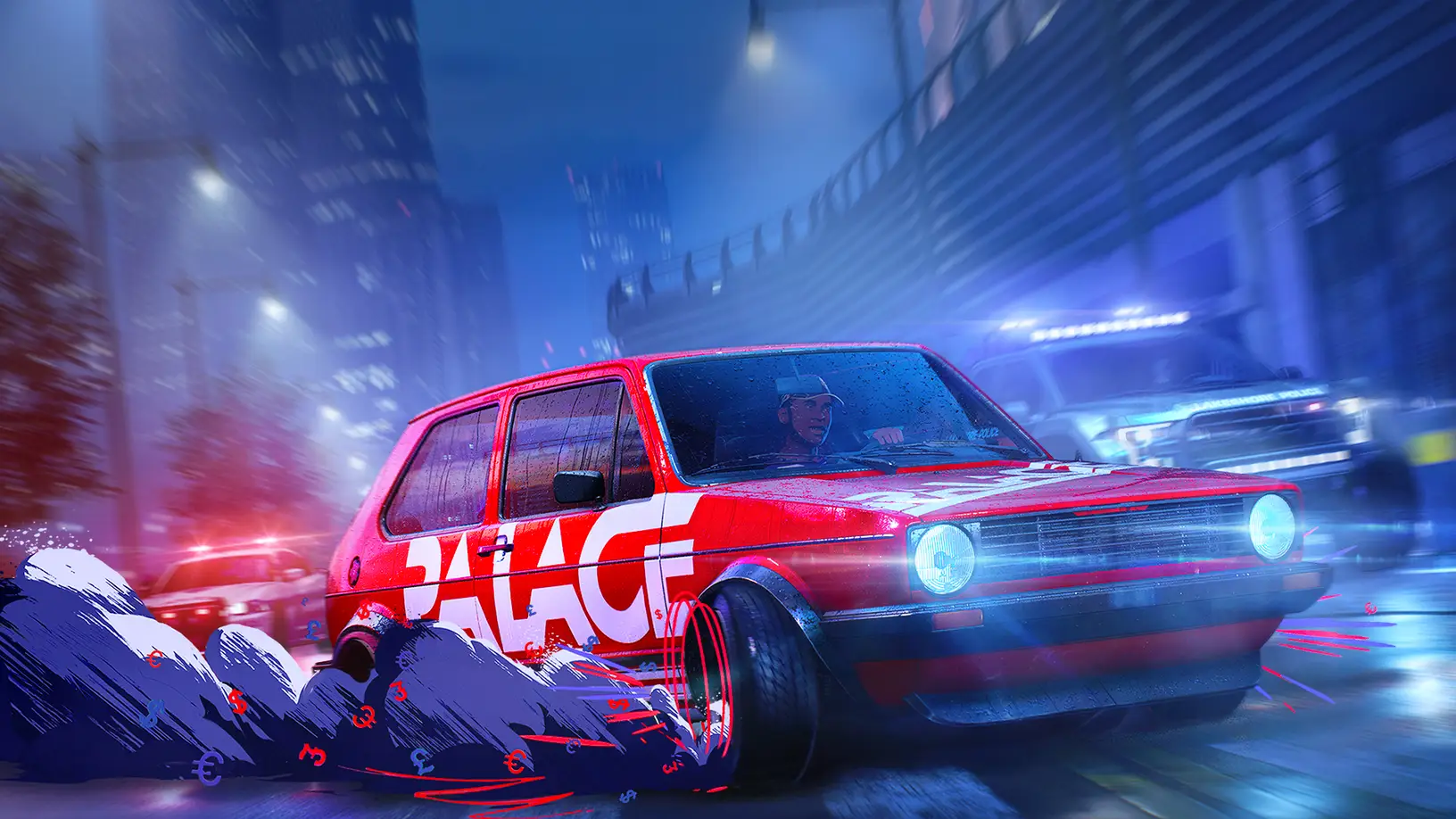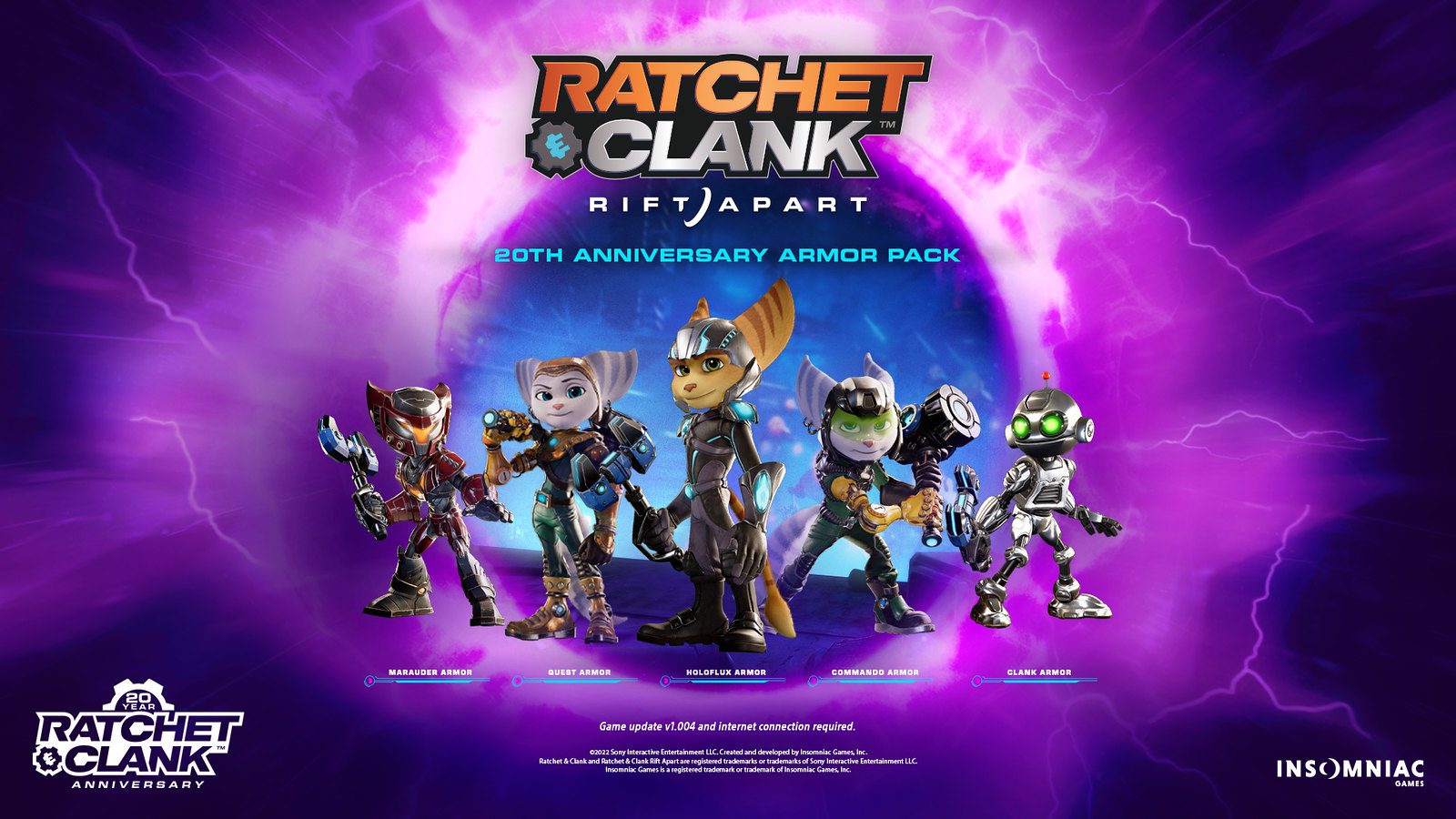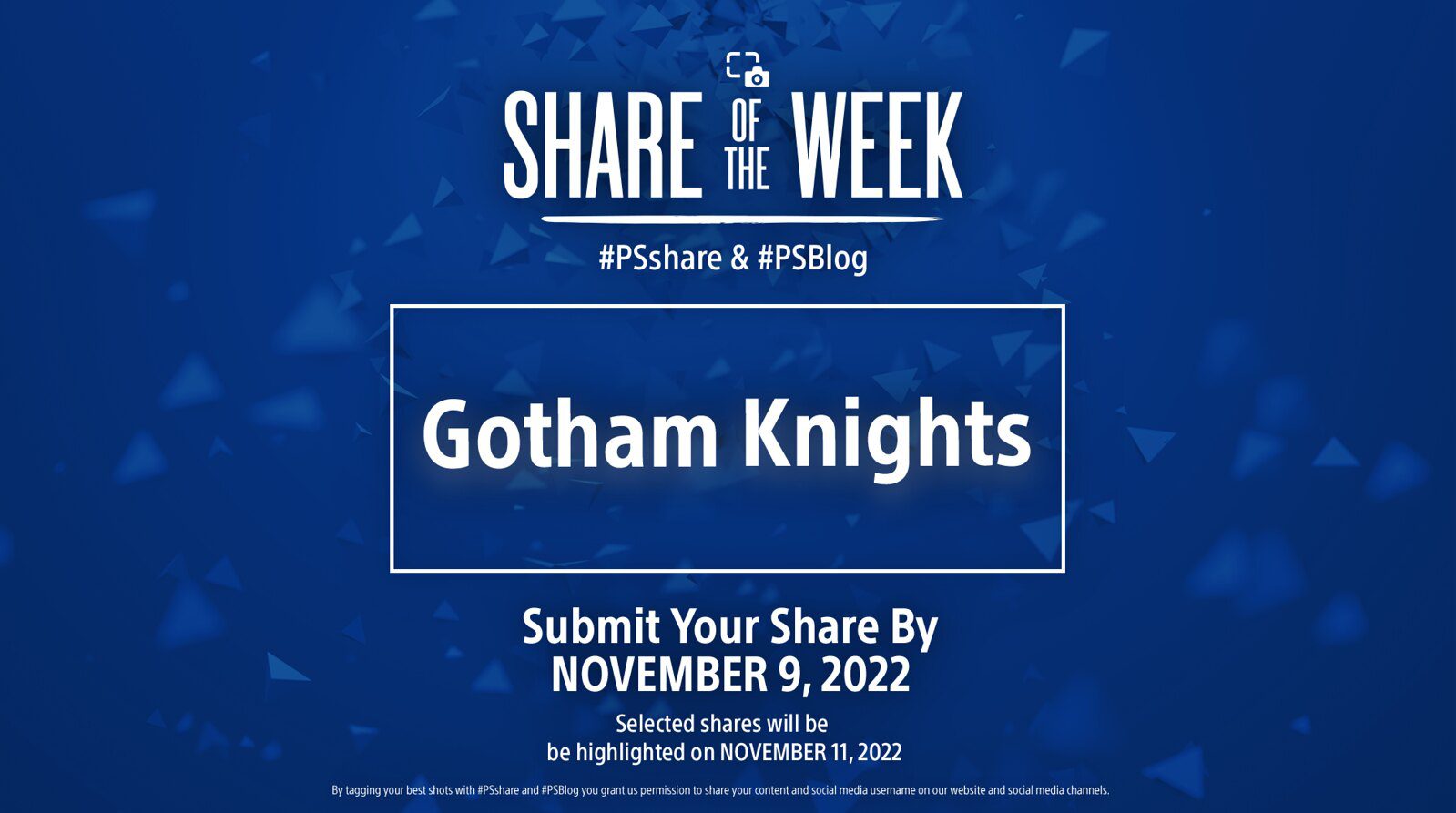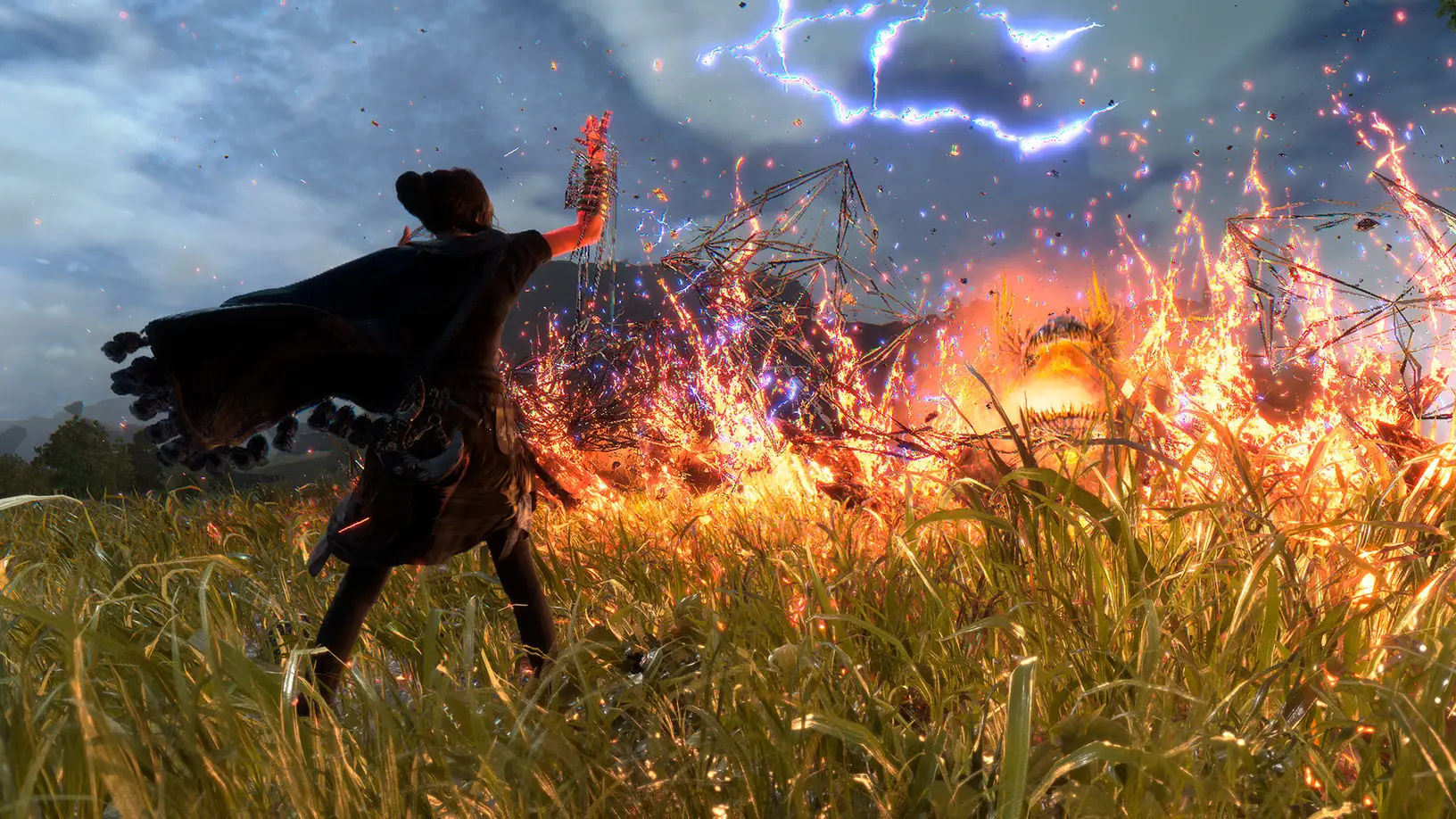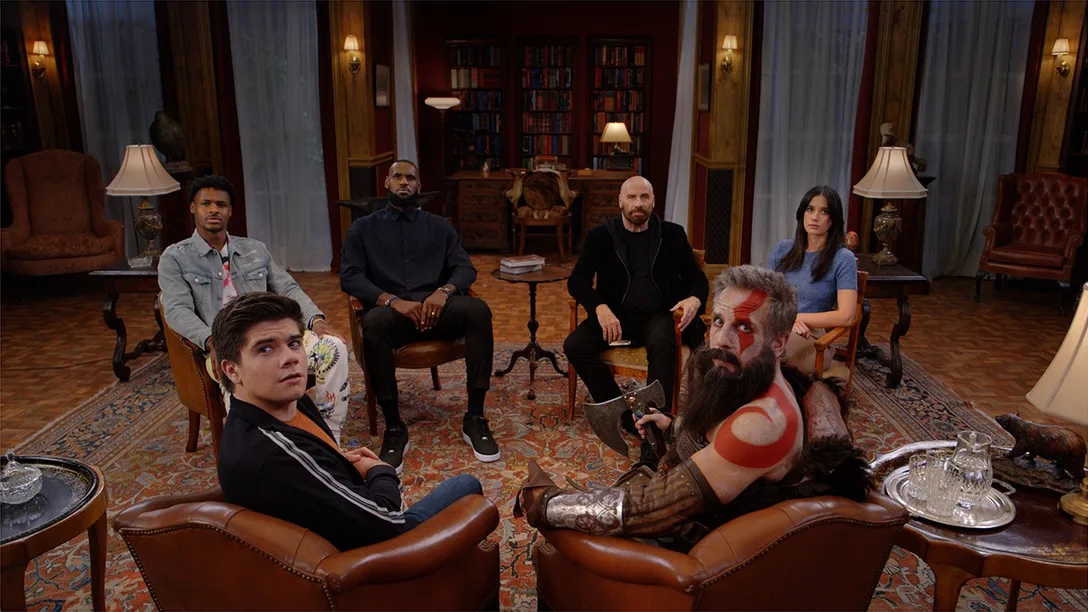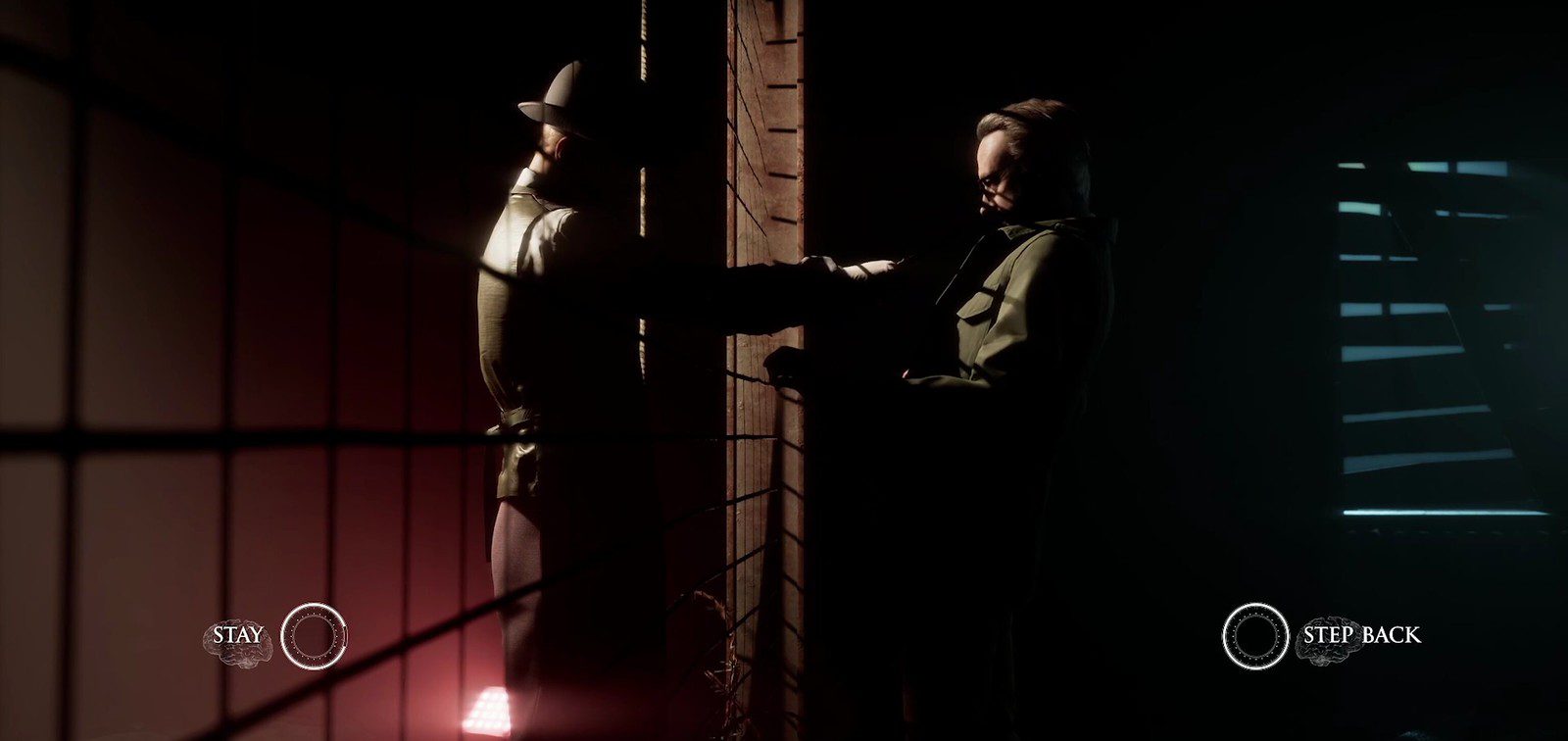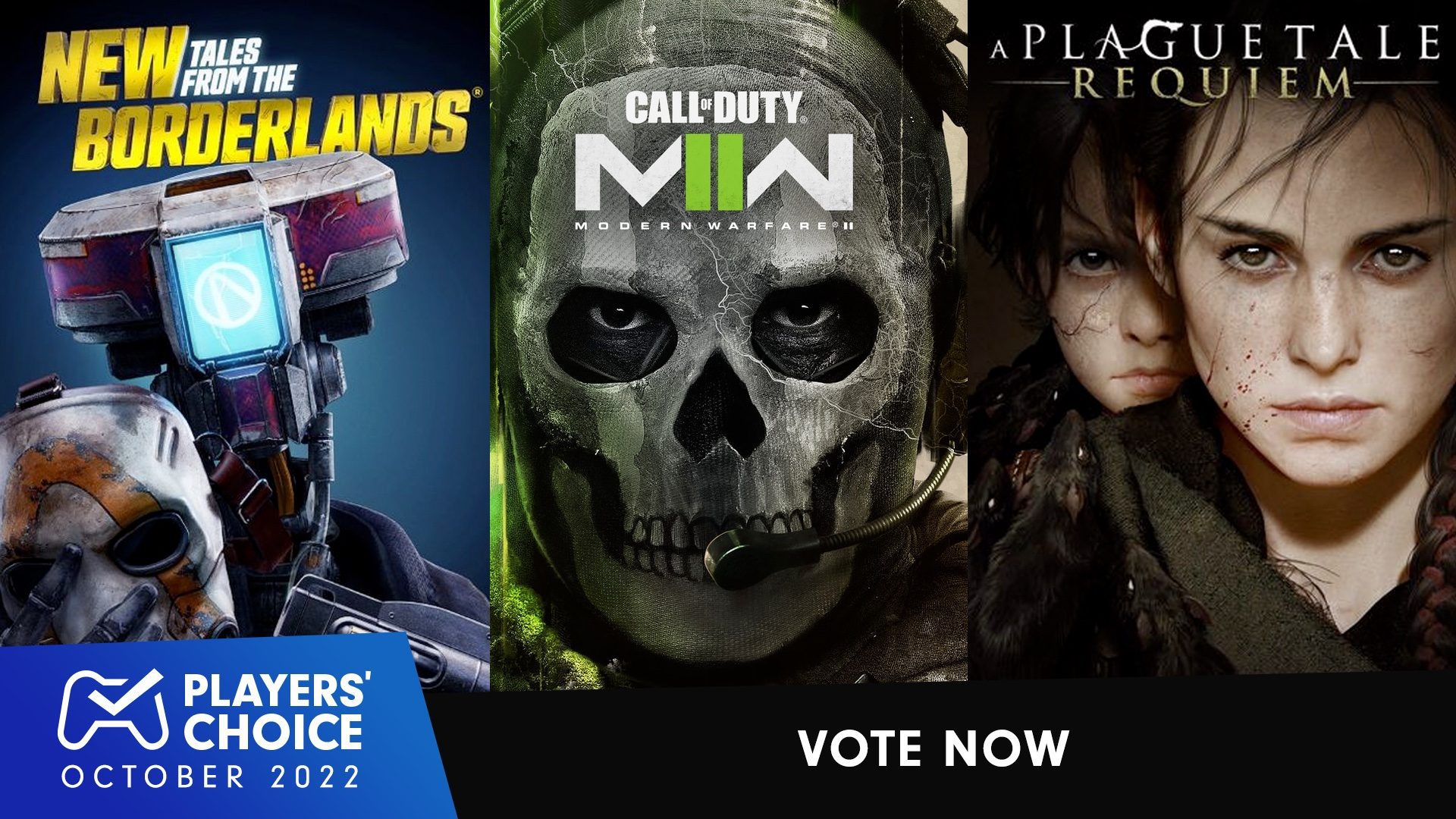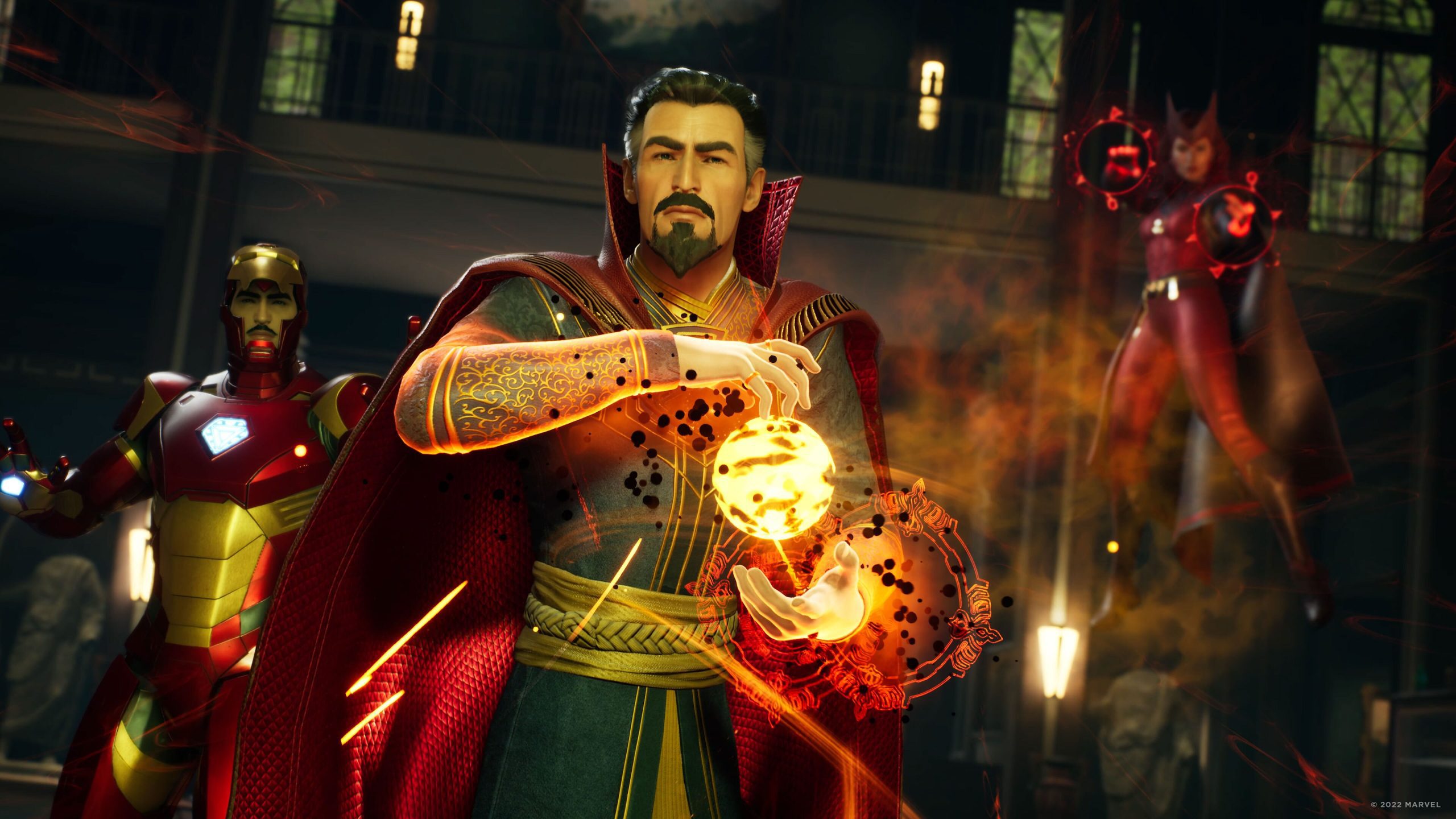Kategorie: PS5
-

Spotify einrichten und eigene Musik auf PS5 abspielen
Reading Time: 5 minutesBestimmt möchtet ihr bei den meisten Spielen, zum Beispiel God of War Ragnarök, nicht auf den großartigen Soundtrack verzichten. Wenn ihr aber beim Spielen lieber eure eigene Playlist hören möchtet, dann könnt ihr das auf PS5 ganz einfach auch machen. Wir stellen euch vor, wie ihr die Spotify-App einrichtet oder eure eigene Musik…
-

Weihnachtsgrüße 2022 vom PlayStation.Blog und seinen Freunden
Reading Time: 5 minutesDas Jahresende 2022 steht vor der Tür. Angesichts all der fantastischen Gaming-Momente, die wir mit euch geteilt haben, möchte das PlayStation.Blog-Team euch für eure Unterstützung im Verlauf des Jahres danken. Wir sind jedoch nicht allein, wenn es darum geht, euch in Weihnachtsstimmung zu versetzen! Unsere talentierten Freunde und Kollegen aus der ganzen…
-

PS5 bis zum 22.12. vorbestellen und bis spätestens Januar 2023 erhalten
Reading Time: 2 minutesVorfreude ist einfach die schönste Freude: Wenn ihr eine PS5 möchtet, dann haben wir hier die perfekte Aktion, die ihr auf keinen Fall verpassen solltet: Vom 1. bis 22. Dezember* kann die PlayStation 5 im Bundle mit God of War Ragnarök bei teilnehmenden Handelspartnern vorbestellt werden. Die Lieferung erfolgt dann bis spätestens…
-

-

Tune into the God of War Ragnarök Soundtrack Listening Party stream November 17
Reading Time: 3 minutesAfter four years in the making, we are finally celebrating the release of God of War Ragnarök! With the success of God of War (2018) came tremendous pressure to give fans a sequel worthy of its predecessor. That meant new characters and enemies, new realms and creatures, and most excitingly for the…
-

Everything to know about Call of Duty: Modern Warfare II and Warzone 2.0 Season 1, out November 16
Reading Time: 9 minutesGet ready for a new era of competition with the arrival of Season 01 of Call of Duty: Modern Warfare II and Call of Duty: Warzone 2.0, releasing November 16. Deploy to Al-Mazrah in the next iteration of the free-to-play Battle Royale, visit reimagined versions of the Shoot House and Shipment Multiplayer…
-

10 gameplay tips for God of War Ragnarök: Power Levels, Skill Labors, Armor Set Bonuses, and more
Reading Time: 6 minutesGod of War Ragnarök is almost here! Tomorrow on November 9, you will finally be able to step back into the Nine Realms with Kratos and Atreus as they prepare for the coming war. To ensure you can hit the ground running, we’ve put together a list of our top ten tips…
-

Complex puzzles, intricate room flows: how Escape Academy’s Escape from Anti-Escape Island DLC was built
Reading Time: 4 minutesHello there, PlayStation puzzlers! My name is Blair Lachlan Scott, Writer & Producer at Coin Crew Games. I’m stoked to tell you about how our design approach evolved to bring you an exciting new experience in our first DLC: Escape Academy: Escape from Anti-Escape Island! Evolving our design After completing the base…
-

How the PS5 brings Lakeshore to life in Need for Speed Unbound
Reading Time: 3 minutesExperience Need for Speed Unbound at 60fps and 4k resolution on PS5, feel every bump in the road through haptic feedback, and immerse yourself in the world of Lakeshore, a street racers’ playground! Play Video Recently we debuted the reveal trailer for our latest Need for Speed. Unbound is an all-new street…
-

Celebrating 20 years of Ratchet & Clank
Reading Time: 9 minutesRatchet & Clank turns 20 today! Did someone tamper with The Great Clock? It’s almost hard to believe, but it’s true! Insomniac Games launched the original game in 2002, sparking two decades of grand adventures through space, time, and dimensions. Since its humble beginnings on the PlayStation 2 console, the franchise introduced…
-

Final Fantasy XVI interview: worldbuilding, differing viewpoints and favorite characters
Reading Time: 10 minutesLast week, Final Fantasy XVI Producer Naoki Yoshida and Director Hiroshi Takai debuted the game’s newly released trailer, entitled Ambition. In that PS Blog post, they touched briefly on the game’s lore as well as sharing more information about two newly revealed characters. After that reveal, we had yet more questions. So…
-

How Forspoken’s combat works, and why it looks so magical
Reading Time: 5 minutesHello everyone, my name is Ryota Nozoe, Lead Visual Effects Artist on Forspoken. This expansive new action RPG puts you in control of Frey Holland, a young woman who is transported to the mysterious world of Athia! This land may be beautiful, but it’s dangerous too – a phenomenon called ‘the Break’…
-

God of War Ragnarök TV spot shows how all parents can relate
Reading Time: 2 minutesWith just over a week away from the highly anticipated release of God of War Ragnarök, Kratos and Atreus continue their journey through the Norse realms, while building a stronger bond together as father and son. This inspiring journey made us wonder: can all parents relate to the relationship challenges facing Kratos…
-

The Devil In Me: Supermassive looks back on Season One of The Dark Pictures Anthology
Reading Time: 6 minutesHe watched us silently. This was sometime late in 2015, but he’s still there today. 7 feet tall. A larger-than-life and surprisingly accurate recreation of the psycho from Until Dawn, complete with blue overalls and the ghastly mannequin mask we’d spent months concepting to get as scary as we possibly could. We’re…
-

Bringing characters to life in Sonic Frontiers
Reading Time: 3 minutesGet ready to forge new frontiers and experience Sonic the Hedgehog like never before in Sonic Frontiers! Sonic’s upcoming open-zone, action-adventure platformer is set to launch November 8 and marks a massive leap forward into the future of 3D action Sonic games. With the return of fan-favorite characters like Sonic, Tails, and…
-

Players’ Choice: Vote for October 2022’s best new game
Reading Time: < 1 minuteTime to pack in the pumpkins as October has come and gone, and with it some amazing games! Which new release will take the Players’ Choice crown? Vote in the poll below to help decide! How does it work? At the end of every month, PlayStation.Blog will open a poll where…
-

Marvel’s Midnight Suns: Super-heroic turn-based combat and card tactics explained
Reading Time: 6 minutesWhen the team at Firaxis Games was first approached with the chance to create a new game with Marvel Entertainment, we were obviously super excited! We knew we wanted to create a game featuring tactical combat as we had a lot of experience creating those types of games with XCOM. However, we…
-

Hands-on with The Callisto Protocol reveals combat strategy, upgrades, ruthless enemies, and more
Reading Time: 7 minutesHorror fans, let’s face it. Sci-fi horror has been done to death, and it takes immense talent and bold creativity to stand out from the pack. So creating a new AAA sci-fi horror game in the year 2022 and hoping to make an impact seems crazy, right? Verify your age to view…
-

River City Girls 2: New Marian gameplay and character design details revealed
Reading Time: 5 minutesHi, I’m Bannon Rudis. I’m one of the directors over at WayForward. WayForward does those Shantae and River City Girls games, among many other things. I have personally been making River City games for almost a decade now alongside Arc System Works. I started by reverse-engineering River City sprites and animations and…
-

Genshin Impact Version 3.2: Akasha pulses and the Kalpa Flame rises in new update
Reading Time: 6 minutesHello, Travelers! Your Genshin Impact dev team is here to meet you again. After two months in the Nation of Wisdom, the next update is now confirmed to arrive on November 2. With Version 3.2 “Akasha Pulses, the Kalpa Flame Rises,” we will finally come to the very moment where Sumeru’s fate…
